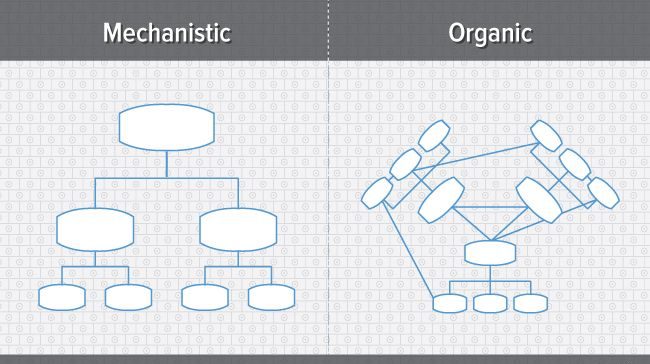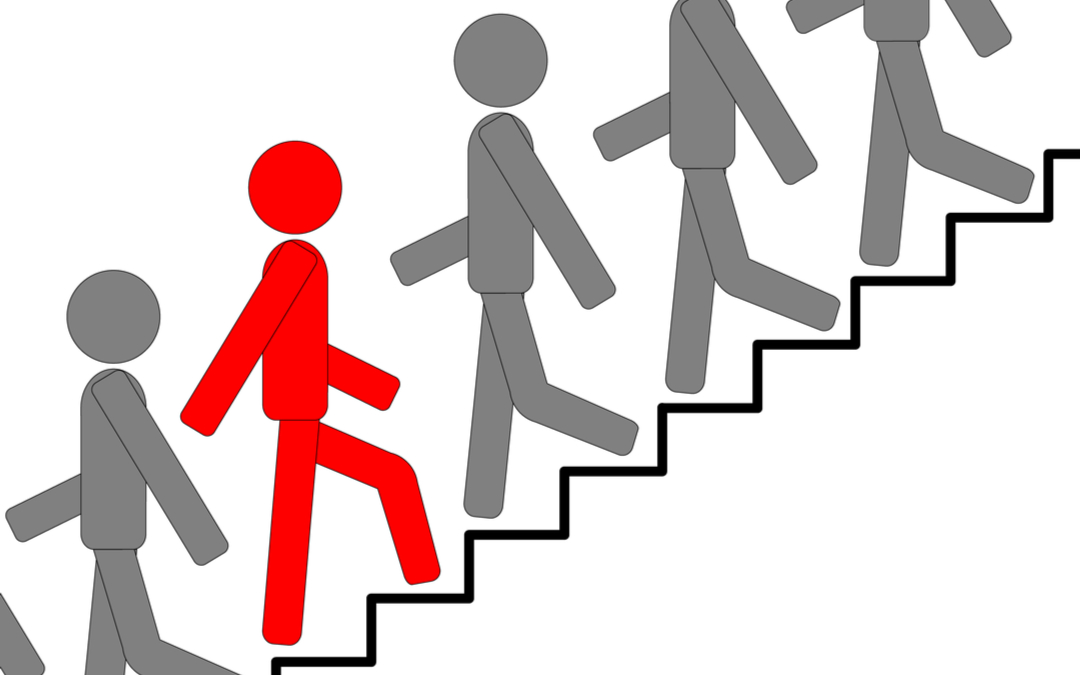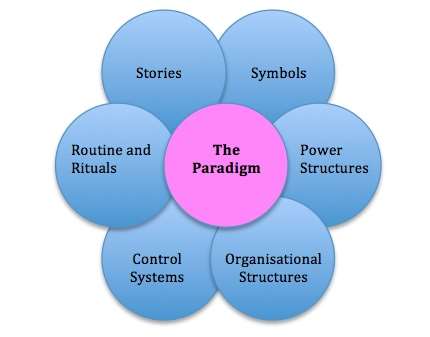The world economy increasing becomes globalization, which lead to broad mixture of local, national and global markets and organizations, due to different ethic, values and cultures, even both parties speak same language, there still could lead misunderstanding, therefore today’s managers face more challenges, such as understanding the changing trends in the market, how to maintain beneficial interpersonal relationship with employees and clients, concerning about business ethics and corporate social responsibility surround managerial actions. And the turbulent global environment push managers spend more time crossing borders to conduct business, it is necessary to understand how to communicate effectively with people in different cultures to fulfill the organization’s missions and create values for the stakeholders.… Read the rest
Management Theories
Mechanistic Organizational Structure – Definition and Features
The structure of any organization has a clear impact on both employee behavior and its performance. On the other hand, an organizational structure provides an overview about the hierarchy of levels, roles and responsibilities, authorities, communication channels, etc. It is of utmost importance to understand the definition of the organizational structure since it affects both employee behavior and organizational performance. Organizational structure is understood as a method consisting of responsibilities and power allocated amongst members and how work procedures are carried out among them. It also includes the layers of hierarchy, centralization of authority, and horizontal integration. However, an organizational structure is a multi-dimensional construct which illustrates the division of work (roles or responsibilities including specification), departmentalization, centralization, complexity, communication or coordination mechanisms including standardization, formalization and flexibility.… Read the rest
Five Sources of Power Used by a Leader
A leader is a person who can influence the behavior of others without using force. Leadership also means that the process of influencing a group to achieve goals. There are three main types of leadership style, they are autocratic, democratic and laissez faire. Besides the three main types of leadership styles, there are also five sources of power that used by a leader, they are coercive, reward, legitimate, expert and referent.
First, the autocratic style of leadership, it is also called the leader centered style. This type of style described a leader who tended to centralize authority, make unilateral decisions and limit employee participation.… Read the rest
The Cultural Web – Johnson and Scholes’s Model of Organizational Culture
Organizational culture can be simply identified as the own unique personality that the respective organization practices. The group of people who works for the organization shares a system of Assumptions, Beliefs, and Values which governs them both individually and with the organizational needs.
The cultural web model developed by Johnson and Scholes in 1993 is an important one, in which six dimensions of the organization culture are defined.
The corporate culture consists of six major components, as structure, power structure, symbols, stories, rituals and control systems. They provide clear guidelines for the employees, about how things are performed within the organizational context; providing influences for the better change management.… Read the rest
Employee Empowerment – Meaning and Its Effectiveness
In such a competitive environment, the organizations have to continuously provide quality products, better services and need to bring innovation to stay in the business and generate profits. To conduct such activities, efficient and empowered employees are essential.
In the past, the authority was not delegated to the employees and it centered on the managers who were responsible for making all the decisions in the interest of the organizations. This had limited the creativity to show up since the employees were not able to express or share their ideas. Empowerment in the recent years has been considered as the most important factor that contributes to the success of the organization.… Read the rest
4 Phases of Hawthorne Experiment – Explained
At the beginning of the 20th century, companies were using scientific approaches to improve worker productivity. But that all began to change in 1924 with the start of the Hawthorne Studies, a 9-year research program at Western Electric Companies. The program, of which Elton Mayo and Fritz Roethlisberger played a major role, concluded that an organization’s undocumented social system was a powerful motivator of employee behavior. The Hawthorne Studies led to the development of the Human Relations Movement in business management. The experiment was about measuring the impact of different working conditions by the company itself (such as levels of lighting, payment systems, and hours of work) on the output of the employees.… Read the rest



